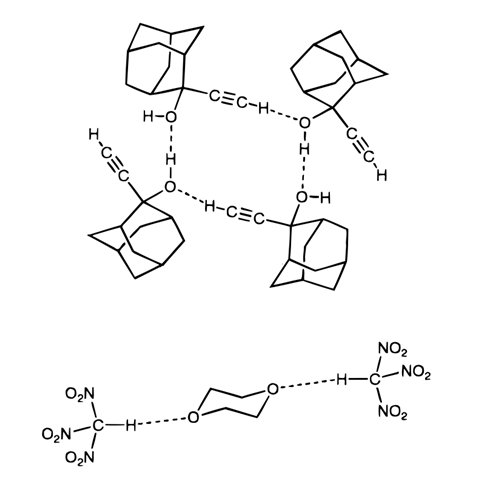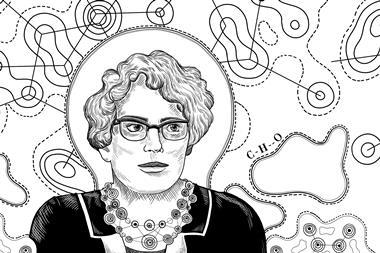The C–H‧‧‧O hydrogen bond controversy has long been resolved – we should tell our students
In the feature article on June Sutor (p23), Andy Extance lays out the history of a 50-year old controversy surrounding C–H‧‧‧O hydrogen bonds. Despite the time that has passed and the mountain of evidence supporting Sutor’s hypothesis, we have found that many chemists still do not know that carbon can be a hydrogen bond donor. In part, this deficiency could be due to the long shadow cast by Jerry Donohue as described in the article, but possibly a more telling reason could be the way that hydrogen bonding is taught in general chemistry.
In the feature article on June Sutor, Andy Extance lays out the history of a 50-year old controversy surrounding C–H‧‧‧O hydrogen bonds. Despite the time that has passed and the mountain of evidence supporting Sutor’s hypothesis, we have found that many chemists still do not know that carbon can be a hydrogen bond donor. In part, this deficiency could be due to the long shadow cast by Jerry Donohue as described in the article, but possibly a more telling reason could be the way that hydrogen bonding is taught in general chemistry.

Our recent experience with general chemistry exams in the US suggests that instructors will incorrectly use carbon as an example of an atom that does not form hydrogen bonds. Typically, the hydrogen-bond definition used in general chemistry education relies on electronegativity of the donor and acceptor atoms. Including carbon as a hydrogen bond donor requires expanding the electronegativity definition to include effects that can polarise the carbon through its chemical environment. However, in our experience, this logic is not typically taught in general chemistry courses. As a result, the knowledge that carbon forms hydrogen bonds remains hidden to large swaths of the chemist population.
The story of Sutor and her work is complicated. Whether the underlying root of her work’s suppression is due to institutional sexism, the nature of scientific advancement, or some combination of both remains a difficult historical question. In a time when the chemistry community is attempting to create a more open, inclusive and diverse atmosphere, stories such as Sutor’s should be highlighted in early chemistry courses.
As a chemistry community, it is important to examine where our knowledge comes from, and how bias affects what we often pretend is a completely rational and logical process of scientific advancement. It can be instructive to view chemistry through a historical lens.












1 Reader's comment